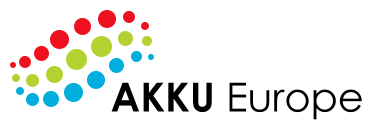
General information
| |||||||||||||||||||||
| Kind of tool: | Questionnaire | ||||||||||||||||||||
| Target group: | Managers of small, medium and large organizations, HR team members | ||||||||||||||||||||
| Duration in minutes: | 15 minutes | ||||||||||||||||||||
| Description of the tool: | The tool is a measure designed to assess the individual’s ability to work, both for people actually in work and those who plan to return to work. It could be used by the HR team members to identify special needs of the prospective employee or to support decision-making with regard to workplace adaptations. | ||||||||||||||||||||
| Benefit of the tool: | The tool ensures the early identification of specific worker’s needs before the employment and check of the worker’s capabilities to manage the requirement of the job, which will benefit in better match to the position. For already hired employees it results in better productivity if identified weaknesses are appropriately addressed by ethe employer support and equipment adaptations. It also may prevent early job exit due to the motor or perceptual impairment. | ||||||||||||||||||||
| Duration: | 15 minutes | ||||||||||||||||||||
| How to use the tool: | The tool consists of three decision trees covering motor skills, mobility and access in the workplace and perceptual skills. After solving the decision tree and answering questions it is possible to identify the independence of worker in the specific area on seven point scale (1 – constant support, 7 – independence without modification) and identify possible workplace adaptations or specific equipment purchase. | ||||||||||||||||||||
| Floor and Area: |
| ||||||||||||||||||||
| Source: | CASE | ||||||||||||||||||||
 The European Commission's support for the production of this publication does not constitute an endorsement of the contents, which reflect the views only of the authors, and the Commission cannot be held responsible for any use which may be made of the information contained therein  The materials published on the AKKU project website are classified as Open Educational Resources' (OER) and can be freely (without permission of their creators): downloaded, used, reused, copied, adapted, and shared by users, with information about the source of their origin. | |||||||||||||||||||||